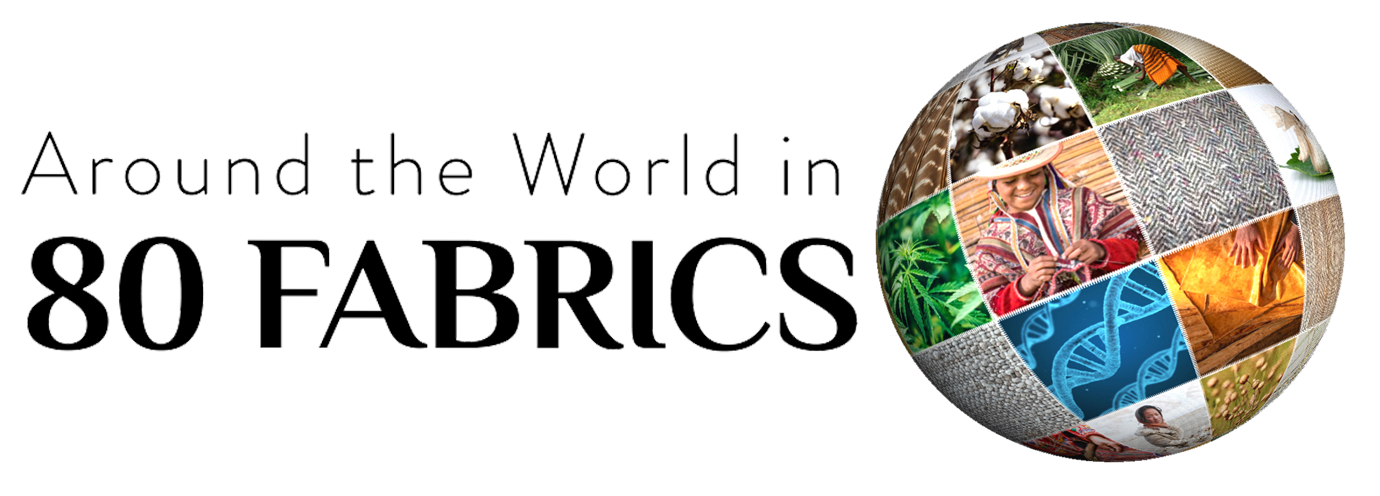
FABRIC: BREWED PROTEIN™
Regions: Yamagata, Japan
Fabric Name:
Brewed Protein™
Species/Origin:
Brewed Protein™ polymer and other bio-based biodegradable materials
Who made our fabric:
Spiber INC., Yamagata, Japan
What makes this so special: Spiber is a revolutionary fabric made by the eponymously named Japanese biotechnology startup that has pioneered using cutting-edge synthetic biology and advanced polymer and material science techniques to create a range of fabrics. Called Brewed Protein™, the material used to make Spiber is the cellulosic result of microbial fermentation using plant-based sugars as a feedstock. This entirely new material category took decades of research to develop using Spiber's exclusive technology platform.
Spiber has taken inspiration from spider silk -340 times stronger than steel- to develop new protein materials.

“Just to go back to the mission being above all else, we don’t think that innovation is limited to the lab. We also think that social innovation is important to contributing to sustainable human wellbeing.”
— Daniel Meyer/ Brewed Protein™
Daniel Meyer
Daniel Meyer is Head of Global Corporate Planning for Spiber Inc. At Spiber, Meyer works to maximize the potential of impact for individual actions with Spiber’s protein-based materials. Spiber’s solution to the negligence of Earth’s bounty is their Brewed Protein™. Brewed Protein™ is made using fermented sugars and microbes instead of chemical materials, offering a fiber that contributes to sustainable living while maintaining convenience and utility. Spider’s goal is to tap into the many natural proteins of the world—to harness the power of nature’s materials that have had billions of years to evolve into strong ingredients. One of the materials Spiber uses is spider silk, but as Meyer explains, “Spider silk is just one example of the literal multitude of natural proteins in nature that have pretty incredible properties…Think about the proteins that make up the Water Bear—which [is] this little organism that looks really cute under the microscope, and it can survive in the vacuum of space. It can survive in these crazy environments. What must be the proteins that make up an organism like that? Or the resilin proteins in the back legs of a grasshopper that allow it to store so much energy in its legs before it jumps many times its own height? And the list goes on and on and on”. As Meyer notes, natural proteins are abundant in their availability and potency, and it is Spiber’s goal to work within this opportunity. Spiber combines the natural produce of the Earth with progressive biotechnology, and Meyer is excited to be part of a platform so dedicated to sustainable progress.


